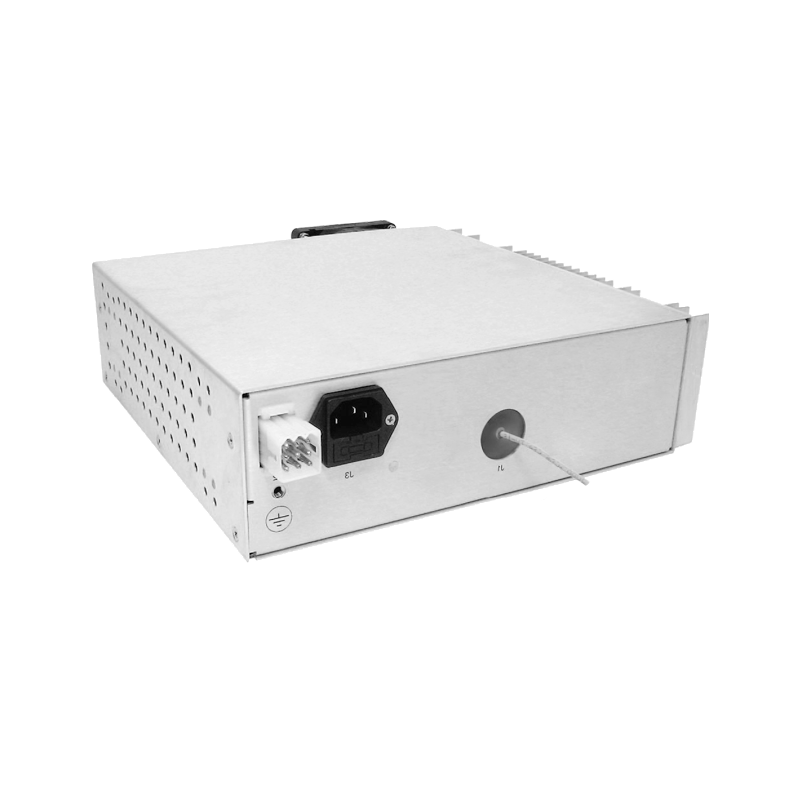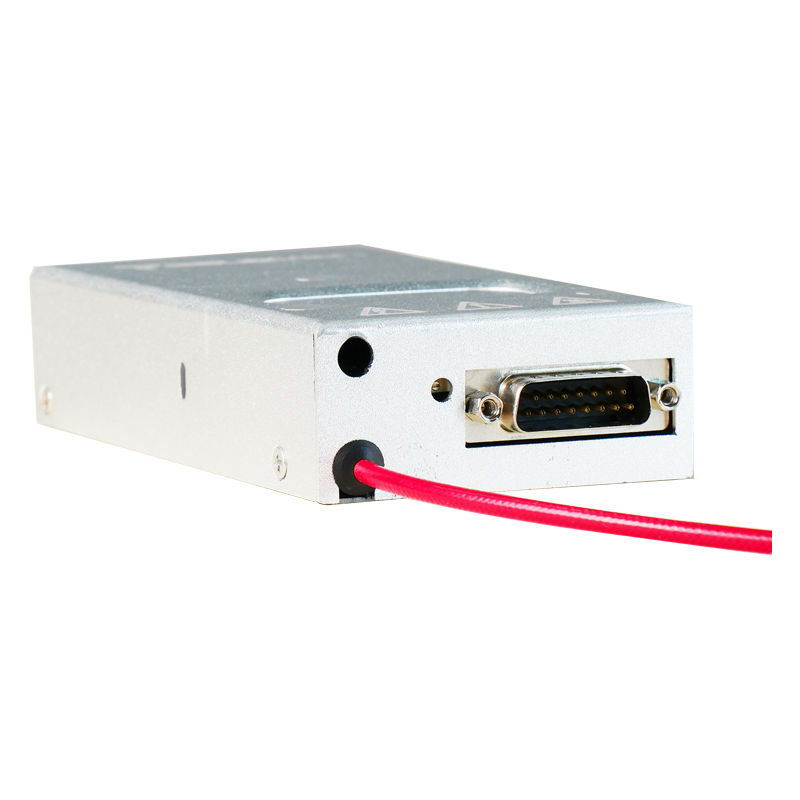High-Precision Calibration and Long-Term Stability Control for High-Voltage Divider Power Supplies
High-voltage dividers are critical components in metrology and electrical testing systems, converting large voltages into measurable reference signals with precise scaling ratios. The accuracy and long-term stability of these dividers depend heavily on the characteristics of the associated high-voltage power supply, which must maintain exceptional voltage precision, linearity, and temperature stability.
The calibration of a high-voltage divider involves generating a reference voltage through a highly stable power source with ripple below 10 ppm and long-term drift less than 0.001%. A standard reference resistor network compares the divider output against the baseline reference to calculate ratio deviations. To ensure environmental stability, the calibration setup is placed in a controlled thermal chamber maintaining ±0.05°C temperature constancy, effectively minimizing thermal expansion and resistive drift.
Long-term stability control employs an automated recalibration routine where the system periodically measures deviations and applies compensation coefficients to the digital control logic of the power supply. Predictive models estimate resistor aging effects, humidity absorption, and dielectric losses to adjust voltage scaling in real time. The power system also features self-diagnostic modules capable of injecting known reference signals for in-situ accuracy verification without interrupting measurement operations.
To suppress corona discharge and leakage currents, the high-voltage section utilizes multi-layer insulation and shielding electrodes to equalize field distribution. The system also employs real-time noise compensation algorithms to correct measurement errors caused by micro-vibrations or line disturbances. Through these hardware and algorithmic measures, the high-voltage divider achieves long-term ratio stability and high calibration confidence, supporting precision applications such as high-voltage testing, electrical metrology, and scientific research.




















